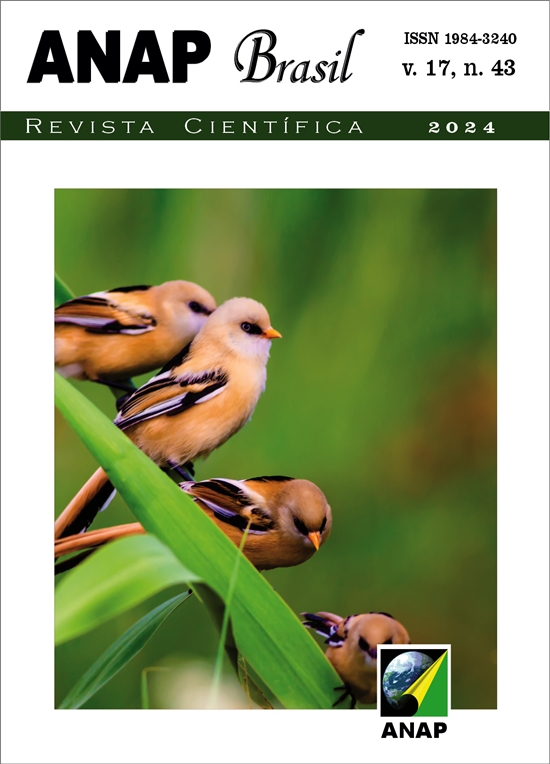Pollutant emissions and waste generation in Amapá
Analysis of VIGIAR, SEEG and waste collection data
DOI:
https://doi.org/10.17271/19843240174320245477Keywords:
Population growth, Pollutant emissions, Urban solid wasteAbstract
The Industrial Revolution brought with it a series of transformations that altered man's relationship with nature. This relationship became predatory of natural resources. In addition to this, there is still the generation of atmospheric, liquid, and solid waste, which further impacts the environment. However, there are still regions in the world with high levels of environmental conservation, as is the case of the states that are part of the Brazilian Amazon, especially, as reported in this research, the state of Amapá. In this study, we sought to discuss the current situation in Amapá in relation to the amounts of gas emissions and the generation of solid waste. To this end, bibliographical research and data acquisition were used on websites of institutions related to legislation and environmental inspection. It was possible to verify that population growth is the main factor that contributes to the increase in both emissions and the generation of urban solid waste, given that industrial activity is practically non-existent in Amapá, and the pollutant emissions observed are caused by the burning of fossil fuels in vehicles and by fires related to the use of land for agriculture. The generation of urban solid waste has also increased with the increase in population. The collection of solid waste is effective, but it does not occur selectively, and the disposal is still carried out incorrectly (semi-controlled landfill).
Downloads
Downloads
Published
Issue
Section
License
Copyright (c) 2024 Revista Científica ANAP Brasil

This work is licensed under a Creative Commons Attribution 4.0 International License.












